Francis Turbine Operating Principles Apparatus
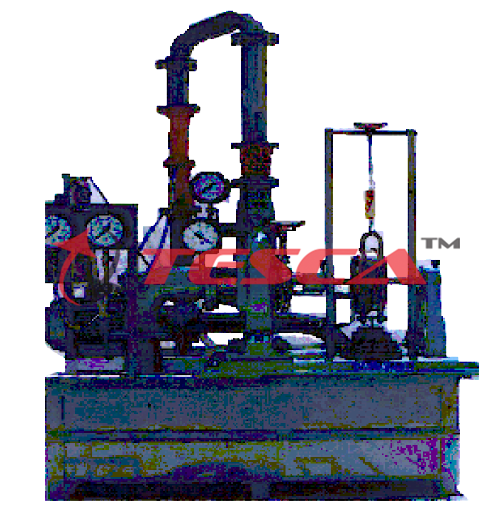
Order Code: 32093
Category: Fluid Mechanics Lab
Features: Model of a reaction turbine1 Transparent operating area1 Turbine with adjustable guide vanes1 Loading by band brake Water turbines are turbomachines utilizing water power. The Francis turbine is a type of reaction turbine which conve...
SPECIFICATION
Features:
Model of a reaction turbine1
Transparent operating area1
Turbine with adjustable guide vanes1
Loading by band brake
Water turbines are turbomachines utilizing water power. The Francis turbine is a type of reaction turbine which converts the pressure energy of the water into kinetic energy in the control device and in the impeller. The water is fed in the control device by means of a spiral housing. The flowing water is accelerated in the control device by the adjustable guide vanes and directed onto the vanes of the impeller. The redirection and further acceleration of the water in the impeller generate an impulse that is transmitted to the impeller.
Tesca Francis Turbine Operating Principles is the model of a Francis turbine demonstrating the function of a reaction turbine.
The experimental unit consists of the impeller, the control device with adjustable guide vanes, a band brake for loading the turbine, and a housing with a transparent front panel. The transparent cover enables the observation of the water flow, the impeller, and the guide vanes during operation. The angle of attack and thus the power of the impeller are modified by adjusting the guide vanes.
The turbine torque is determined by force measurement on a band brake and is read on spring balances. For measuring the rotational speed, a non-contact speed sensor, HM 082, is required. A manometer shows the water pressure at the turbine inlet.
The experimental unit is positioned easily and securely on the work surface of the HM 150 base module. The water is supplied and the flow rate is measured. Alternatively, the experimental unit can be operated by the laboratory supply.
The well-structured instructional material sets out the fundamentals and provides a step-by- step guide through the experiments.
Specifications:
The function of a Francis turbine
Transparent front panel for observing the operating area
Loading the turbine by use of the band brake
Adjustable guide vanes for setting different angles of attack
Marking on brake drum for non-contact speed measurement
Instruments: spring balances for determining the torque, manometer shows the pressure at the turbine inlet
Flow determination by the base module
Water supply using the base module or via lab supply
Technical Specifications:
Turbine
Output: 12W at n=1100min-1, approx.
40L/min, H=8m
Impeller, 7 vanes Vane width: 5mm External diameter: 50mm
Guide vanes: 6 vanes, adjustable (20 stages)
Measuring ranges
Braking force (spring balance): 10N
Pressure: 0...1,0bar
List of Experiments:
1. Design and function of a Francis turbine
2. Determination of torque, power, and efficiency
3. Graphical representation of characteristic curves for torque, power, and efficiency

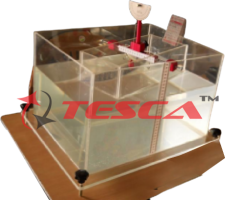
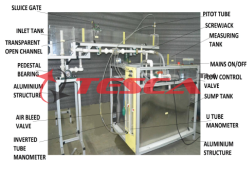
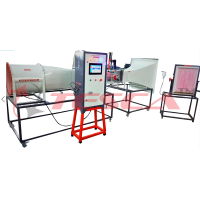
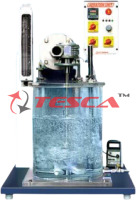
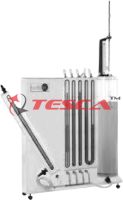
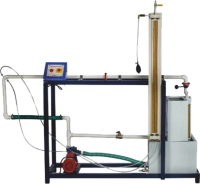
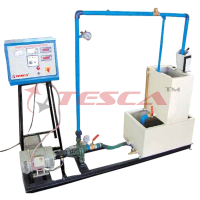
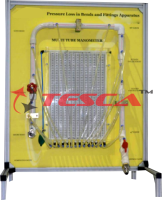


 91-9829132777
91-9829132777